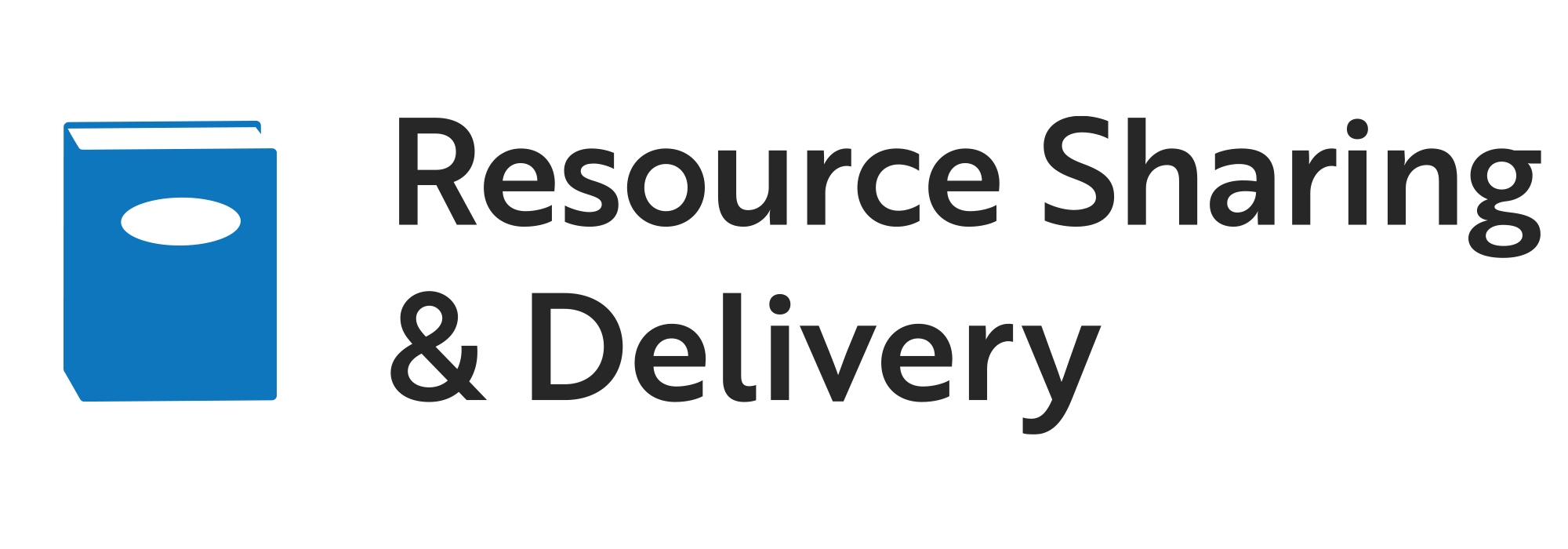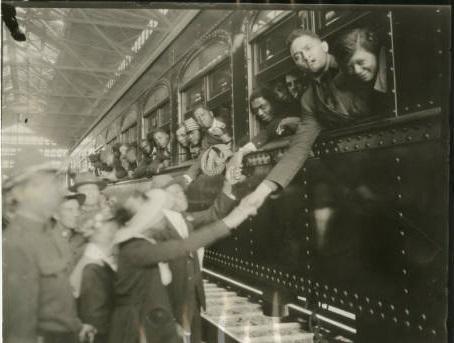Quick Summary
Whether interlibrary loan (ILL) should include textbooks in the scope of their borrowing and lending policies has been an issue for many years.In the past, the University of Minnesota Twin Cities ILL Borrowing office cancelled requests for textbooks. In effect, our office spent years intentionally denying service to our users. While we were busy cancelling textbook requests manually, patrons were borrowing them anyway through our direct request programs. Both the workflow of ILL and our users’ needs were pointing toward a much-needed change.

Whether interlibrary loan (ILL) should include textbooks in the scope of their borrowing and lending policies has been an issue for many years. Proponents on each side have valid arguments on why they do or do not provide these resources to their users. In the past, the University of Minnesota Twin Cities ILL Borrowing office cancelled requests for textbooks (required readings) by checking requested titles in the University Bookstore’s textbook website. Users often contacted us in response to let us know that they couldn’t afford their textbooks and they were under the impression that the libraries served as a way to access materials for free.
In effect, our office spent years intentionally denying service to our users. The irony with this policy is the fact that 35% of our loan requests are unmediated through either OCLC Direct Request or our Committee on Institutional Cooperation (CIC) consortium catalog, UBorrow. While we were busy cancelling textbook requests manually, patrons were borrowing them anyway through our direct request programs. Both the workflow of ILL and our users’ needs were pointing toward a much-needed change.
In the spring semester of 2014, the ILL and Reserves Required Reading Pilot Project was implemented. For this project, we checked the University Bookstore’s textbook website and noted the course information in ILLiad. When possible, we purchased print and multiple-use e-books for our collection and had Reserves place them on print or electronic reserves. We also notified Reserves of required reading titles already held in our collection. Instructors and liaisons were informed of the availability. If the required reading was not available for purchase, we borrowed a copy from a CIC partner which carries a 12-week loan with at least a 4 week renewal period. The pilot project proved to be very successful with both instructors and students. Most of the e-books received high usage and we borrowed required readings without too much difficulty. We explained to users that borrowing a required reading is not always easy or successful, but that we were giving it our best effort.
Interlibrary loan operationalized the program in fall of 2015, adjusting the workflow based on some of the findings from the pilot project. We now only select e-books for our collection since the print did not receive a lot of use while on reserve. We also expanded our borrowing beyond the CIC consortium. During the Fall semester, we borrowed 641 required readings titles, purchased 28 multiple-use e-books and found 83 titles available within our collection. The average savings per student who used interlibrary loan was $108.62 and the estimated total cost savings was $62,991. These estimates are based on the new bookstore price and the number of unique ILL patrons. As academic institutions are looking at methods to provide cost savings to students, this is one way in which libraries are well-positioned to leverage their resources in support of student success and savings.




